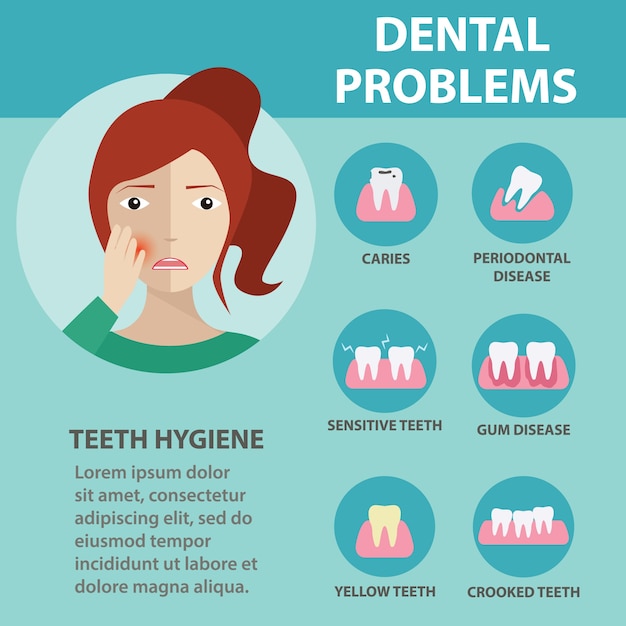Welcome to the globe of dental surgery, where advancements and advancements are forming the future of the area! In this amazing world, you'll witness the transformative power of robotics, the innovative marvel of 3D printing, and the game-changing impact of minimally intrusive strategies.
The future of oral surgery holds a pledge of accuracy, performance, and improved person results. With the help of innovative robotics, surgeons have the ability to execute complex treatments with greater precision and control.
3D printing innovation is revolutionizing the production of dental implants and prosthetics, supplying tailored services that fit effortlessly into each client's unique anatomy.
In addition, minimally invasive methods are minimizing post-operative pain and healing time, permitting people to return to their day-to-days live quicker.
Prepare https://www.campaignlive.com/article/campaign-chemistry-invisalign-cmo-raj-pudipeddi/1822188 to discover the exciting developments and advancements that are reshaping the landscape of oral surgery!
Improvements in Robotics
One major development in oral surgery is the use of robotic modern technology, which permits accurate and reliable surgical procedures. With the help of robotic systems, oral doctors have the ability to carry out intricate surgical treatments with enhanced precision, lessening the threat of human mistake.
These robot systems are furnished with sophisticated imaging innovation and accurate tools that make it possible for surgeons to navigate via complex physiological structures easily. By making use of robotic innovation, doctors can achieve better surgical precision, leading to boosted person results and faster recuperation times.
Additionally, using robotics in oral surgery allows for minimally intrusive treatments, minimizing the injury to bordering tissues and advertising faster recovery.
3D Printing in Dental Surgery
To enhance the field of oral surgery, you can discover the subtopic of 3D printing in oral surgery. This innovative technology has the prospective to transform the means oral cosmetic surgeons operate and deal with people. Right here are 4 key ways in which 3D printing is shaping the field:
- ** Personalized Surgical Guides **: 3D printing permits the creation of highly precise and patient-specific medical guides, improving the precision and performance of procedures.
- ** Implant Prosthetics **: With 3D printing, dental specialists can create customized implant prosthetics that perfectly fit a person's special composition, causing far better results and client fulfillment.
- ** Bone Grafting **: 3D printing makes https://collintxzbd.dreamyblogs.com/33368113/prepare-for-your-oral-implant-assessment-with-our-necessary-checklist-find-what-to-get-ready-for-a-successful-conversation-with-your-dental-expert for the manufacturing of patient-specific bone grafts, lowering the need for traditional grafting methods and improving recovery and recuperation time.
- ** Education and Training **: 3D printing can be utilized to develop reasonable surgical versions for academic purposes, permitting dental cosmetic surgeons to exercise intricate procedures prior to executing them on clients.
With its potential to enhance accuracy, customization, and training, 3D printing is an exciting development in the field of oral surgery.
Minimally Intrusive Strategies
To better advance the area of dental surgery, accept the possibility of minimally intrusive techniques that can substantially profit both surgeons and patients alike.
Minimally intrusive strategies are revolutionizing the area by minimizing surgical trauma, decreasing post-operative discomfort, and accelerating the recuperation process. These methods include utilizing smaller sized cuts and specialized tools to perform treatments with accuracy and efficiency.
By using advanced imaging modern technology, such as cone light beam computed tomography (CBCT), surgeons can properly plan and implement surgical procedures with very little invasiveness.
In addition, the use of lasers in oral surgery enables accurate tissue cutting and coagulation, resulting in lessened blood loss and minimized recovery time.
With minimally invasive methods, people can experience quicker recovery, reduced scarring, and enhanced results, making it a vital facet of the future of dental surgery.
Conclusion
So, as you can see, the future of oral surgery is unbelievably promising, with interesting technologies and advances forming the area.
From the developments in robotics to using 3D printing and minimally intrusive strategies, oral cosmetic surgeons are changing the way they offer treatment.
While some might worry about the prospective expense connected with these advancements, it is necessary to bear in mind that these technologies inevitably enhance person end results and reduce recuperation time, making them well worth the financial investment in the future.
